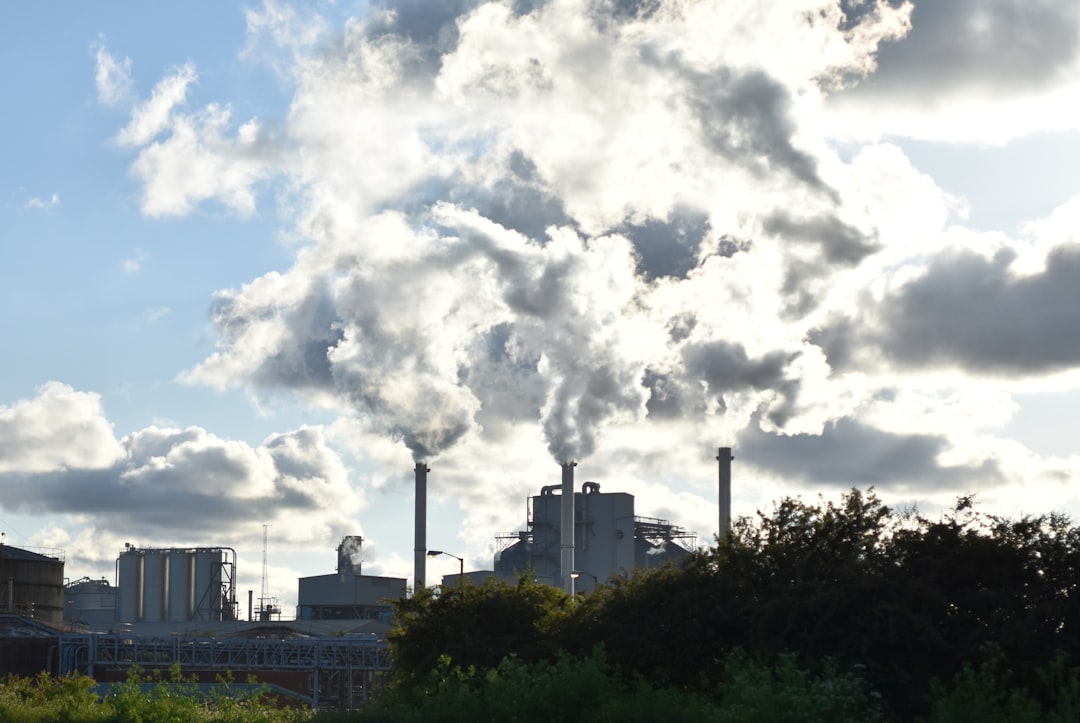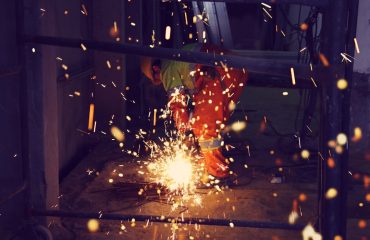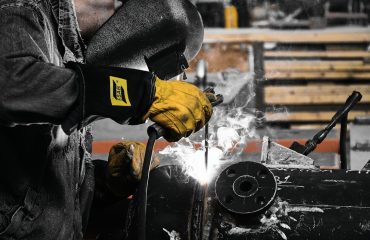body {
font-family: sans-serif;
line-height: 1.6;
}
h1, h2, h3 {
color: #333;
}
The steel industry is a significant contributor to global greenhouse gas emissions. Accurate and transparent carbon emission reporting is no longer a choice, but a necessity for steel producers seeking to meet growing regulatory demands, investor expectations, and consumer pressure for sustainable products. This comprehensive guide explores the complexities of reporting carbon emissions within the steel sector, providing a clear understanding of the process and its implications.
Understanding the Scope of Steel Emissions: Scope 1, 2, and 3
Reporting carbon emissions in steel requires a nuanced understanding of the Greenhouse Gas Protocol’s three scopes:
- Scope 1: Direct Emissions: These are emissions from sources owned or controlled by the steel company. In the steel industry, this primarily includes emissions from coke ovens (a crucial step in ironmaking), direct combustion in furnaces, and fugitive emissions from various processes. Accurate measurement involves meticulous monitoring of fuel consumption, process efficiency, and leak detection.
- Scope 2: Indirect Emissions from Energy Consumption: This covers emissions generated from the production of purchased electricity, heat, and steam used in the steelmaking process. Reporting requires obtaining data on the carbon intensity of the electricity grid or specific energy suppliers and multiplying it by the company’s energy consumption. Switching to renewable energy sources significantly reduces Scope 2 emissions.
- Scope 3: Indirect Emissions from the Value Chain: This is the most complex category, encompassing emissions from activities across the entire steel value chain that are not directly owned or controlled by the steel producer. This includes emissions from raw material extraction (iron ore mining, coal mining), transportation of raw materials and finished products, the use of steel in downstream applications, and the end-of-life disposal or recycling of steel products. Assessing Scope 3 emissions requires collaboration with suppliers and customers, often involving extensive data collection and life cycle assessment (LCA) methodologies.
Methods for Calculating Steel Emissions: Data Collection and Accuracy
Accurate emission calculations are paramount. This involves robust data collection systems, precise measurement techniques, and the application of appropriate emission factors. Key data points include:
- Fuel Consumption Data: Detailed records of the type and quantity of fuels used in each process stage (coke, natural gas, electricity).
- Process Efficiency Data: Information on production rates, energy consumption per unit of steel produced, and waste generation.
- Emission Factors: These are standardized values representing the amount of greenhouse gases emitted per unit of fuel consumed or activity undertaken. Using the most up-to-date and relevant emission factors is crucial for accuracy.
- Inventory Management: Tracking raw materials and products throughout the value chain to accurately account for emissions associated with transportation and other processes.
Regular audits and verification by third-party organizations ensure the reliability and credibility of reported emissions.
Reporting Frameworks and Standards: Navigating the Regulatory Landscape
Several reporting frameworks guide the process of disclosing carbon emissions. Understanding and complying with these frameworks is vital for transparency and comparability. Key frameworks include:
- Greenhouse Gas Protocol: This widely recognized standard provides a comprehensive framework for measuring and reporting greenhouse gas emissions across all three scopes.
- Carbon Disclosure Project (CDP): A global environmental disclosure platform that encourages companies to disclose their climate-related risks and opportunities. Steel companies frequently use CDP to report their emissions data.
- Sustainability Accounting Standards Board (SASB): SASB standards provide industry-specific guidance on material environmental, social, and governance (ESG) issues, including carbon emissions, for public companies.
- Regional and National Regulations: Many countries and regions are implementing regulations mandating carbon emission reporting for specific industries, including steel. These regulations often specify the required level of detail and reporting methodologies.
Technological Advancements and Emission Reduction Strategies
The steel industry is actively exploring and implementing various technologies and strategies to reduce its carbon footprint. These include:
- Hydrogen-based steelmaking: Replacing coal with hydrogen in the ironmaking process drastically reduces CO2 emissions. This is a promising technology but still faces challenges in terms of hydrogen production and cost.
- Electric Arc Furnaces (EAFs): EAFs use electricity to melt scrap steel, significantly reducing carbon emissions compared to traditional blast furnaces. Increased scrap metal recycling is crucial for maximizing the effectiveness of EAFs.
- Carbon Capture, Utilization, and Storage (CCUS): CCUS technologies capture CO2 emissions from steelmaking processes and either store them underground or utilize them in other industrial applications. This technology is still under development but has the potential to significantly reduce emissions.
- Process Optimization: Improving energy efficiency, optimizing production processes, and minimizing waste generation can significantly reduce emissions.
The Future of Sustainable Steel: Transparency and Collaboration
The future of the steel industry hinges on its ability to decarbonize its operations. Accurate and transparent carbon emission reporting is a crucial first step. Collaboration across the entire value chain – from raw material suppliers to end-users – is essential for developing and implementing effective emission reduction strategies. This includes sharing best practices, investing in research and development of low-carbon technologies, and promoting the use of recycled steel. By embracing transparency and working collaboratively, the steel industry can pave the way for a more sustainable future.
Tags: Steel emissions, carbon reporting, greenhouse gas protocol, sustainable steel, decarbonization




